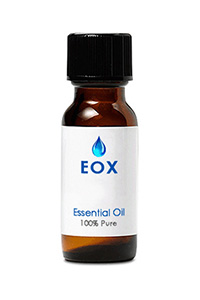New ArrivalsGift Ideas Specials Contact Us

WINTER 5% OFF SALE!
SITEWIDE05
Simply enter the above coupon code and save 5% on your ENTIRE ORDER!
Use PayPal, cash, or checks! NO LIMIT!

Now In: CATEGORIES → Essential Oils → 15ml Bottles → Essential Oil - Wintergreen
Botanical name: Gaultheria procumbens Color: Pale yellow to pinkish Consistency: Thick Perfumery note: Top to middle Related planets/deities: Moon/Artemis/Ceridwen/Thoth Aroma: Woody, sweet, minty Energetic Properties: Stimulating, clarifying Aromatherapy properties: A pale yellow or pinkish liquid with an intense sweet-woody, almost fruity odor. It blends well with oregano, mints, thyme, ylang-ylang, narcissus, and vanilla. Spiritual uses: The smell of wintergreen oil is thought to enhance all the senses, but especially hearing. In rituals where sound is an important component, in the form of chants, drumming or music, aromatic wintergreen oil may be employed to restore harmony between the participants and the earth. The smell may also help people who are very left-brained and analytical get in touch with their right-brained, creative side. Wintergreen oil is credited with opening up the heart and solar plexus chakras when it is used in meditation. History: The wintergreen plant has been used as a healing medicine in North America for thousands of years. Native Americans used the juice of wintergreen leaves to treat painful conditions like rheumatism, arthritis, and ulcers; they also chewed the leaves on long-distance runs to increase their endurance and breathing capacity. When European settlers arrived in North America, they absorbed some of this indigenous medicinal knowledge. Wintergreen leaves quickly became popular in the colonies as a stimulant and a prophylactic against toothache. During the Revolutionary War when black tea was too expensive, American soldiers maintained their energy for marching by drinking a tea made of wintergreen berries instead. |
|
|||||||
|
|||||||





